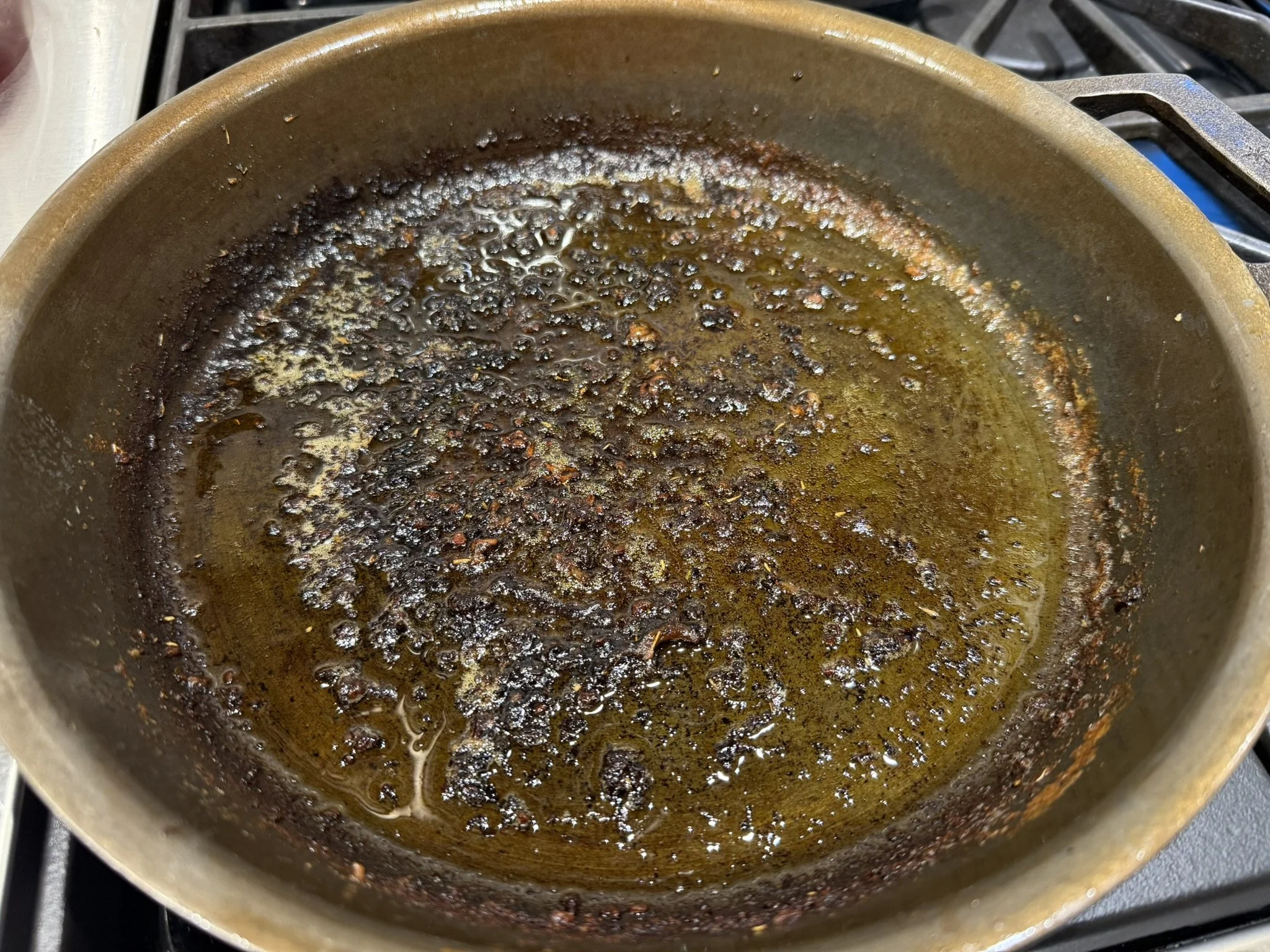
Seasoning & Care
Your one-stop guide to care & season like a pro
First Steps After Buying a Cast Iron Skillet
So You Bought a Cast Iron Skillet—Solid Move!
Whether it’s raw and rugged or pre-seasoned and ready to sear, here’s how to kick things off like a pro:
🔍 Inspect the surface
Look for factory residue, stickers, or wax coatings (common with raw cast iron). If it’s pre-seasoned, congrats—you’re halfway to greatness.
💧 Give it a rinse
Warm water, a drop of mild soap, and a gentle scrub with a sponge or brush. Yes, soap—it’s ok. You’re removing residue, not stripping seasoning.
🔥 Dry it immediately
Cast iron and moisture? Not friends. Towel dry, then warm it on the burner for a minute to chase off an lingering droplets.
🛢️ Oil It Up
Before you even think about oven seasoning, rub in a thin layer of oil. It prevents flash rust and starts building that coveted base coat. Simple. Effective. Skillet success.
Still Skillet-Curious?
Haven’t pulled the trigger yet? Start here:
The Ultimate Guide to American-Made Cast Iron Cookware.
It’s a deep dive into top U.S. brands—craftsmanship, features, and what makes each one sizzle.
🧼 Proper Cleaning Technique (Post-Cook)
Cast iron cleaning isn’t a chore, it’s a ritual. Here’s how to do it right:
🚫 Skip the Soak
Never leave your skillet in water. It’ll rust faster than you can say “crispy potatoes.”
🧽 Scrape, Don’t Scratch
Use a chainmail scrubber, wooden spatula, or nylon brush to lift stuck-on bits. Salt and oil help with stubborn spots—no gouging required.
💦 Rinse and Dry
Warm water only. Soap’s optional (and perfectly fine—just don’t overdo it). Towel dry, then warm it on the stove to chase off moisture.
⚡ Quick Release Trick
Got burnt bits? Run your hot pan under hot water right after cooking. The thermal shock helps loosen food—just don’t let it soak.
🛢️ Oil It Lightly
After each cleaning, rub in a thin layer of oil (flaxseed, grapeseed, or canola). Buff until it looks dry—not greasy. That’s your seasoning insurance.
Still worried about soap?
🧼 Check out our Soap and Cast Iron post—we bust the myth and show you when (and how) to use it without fear.
Seasoning Your Skillet (The Right Way)
🔥 Preheat the Oven
Crank it to 450–500°F. Hot and steady is the name of the game.
🛢️ Apply a Thin Layer of Oil
Inside, outside, handle—coat it all. Use a high-smoke-point oil like flaxseed, grapeseed, or canola.
🧻 Buff It Dry
Wipe with a lint-free cloth or paper towel until it looks matte—not shiny. Less is more.
🔄 Flip and Bake
Place it upside down on the middle rack. Use foil or a baking sheet below to catch drips. Bake for 1 hour.
🌬️ Cool It Down
Turn off the oven and let the skillet cool inside. No rush—let it settle.
🔁 Repeat 2–3 Times
Each round builds a stronger base layer. You’re seasoning, not sprinting.
🥓 Cook Fatty Foods Often
Bacon, grilled onions, sausage, cornbread—these are your seasoning allies. Every sizzle and sear adds depth and durability.
Not sure which oil to use?
Check out our guide to the best seasoning oils—we break down smoke points, durability, and flavor impact so you can season like a pro.
Watch It in Action
Want to see seasoning done right?
These quick-hit videos from chefs and home cooks break it down with simple tips, slick tricks, and pro-level results. Whether you’re just getting started or refining your technique, these Shorts make cast iron care feel easy—and even a little fun.



